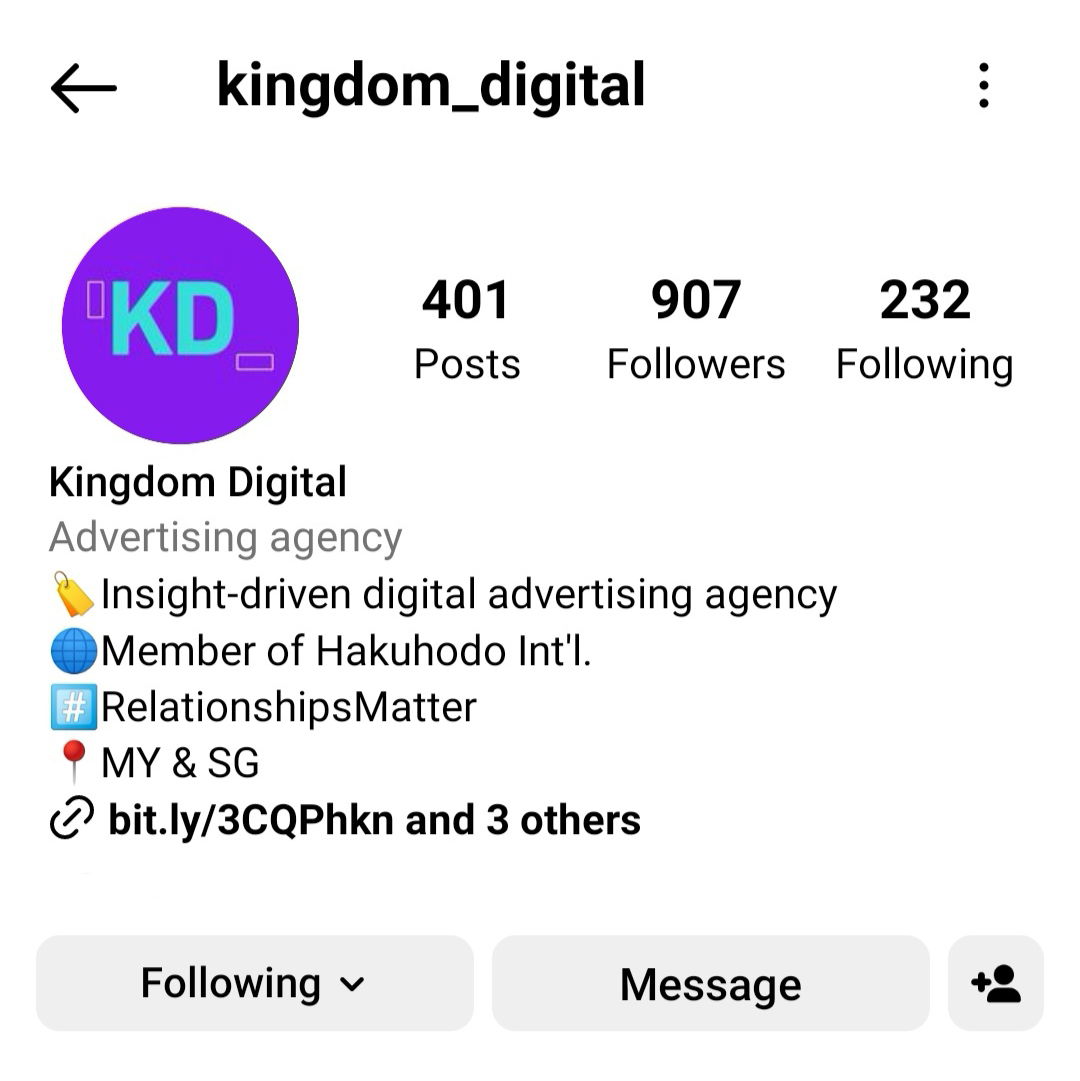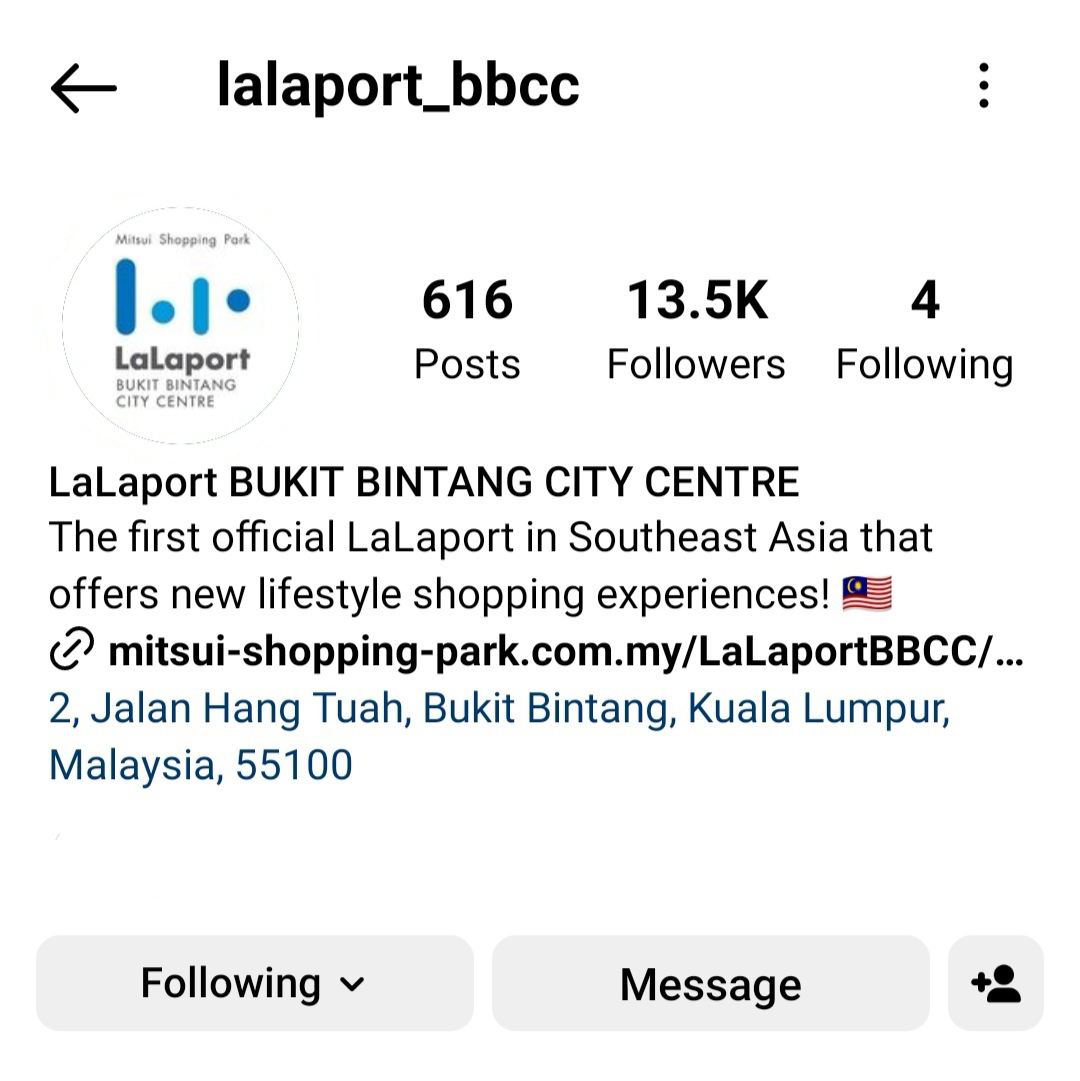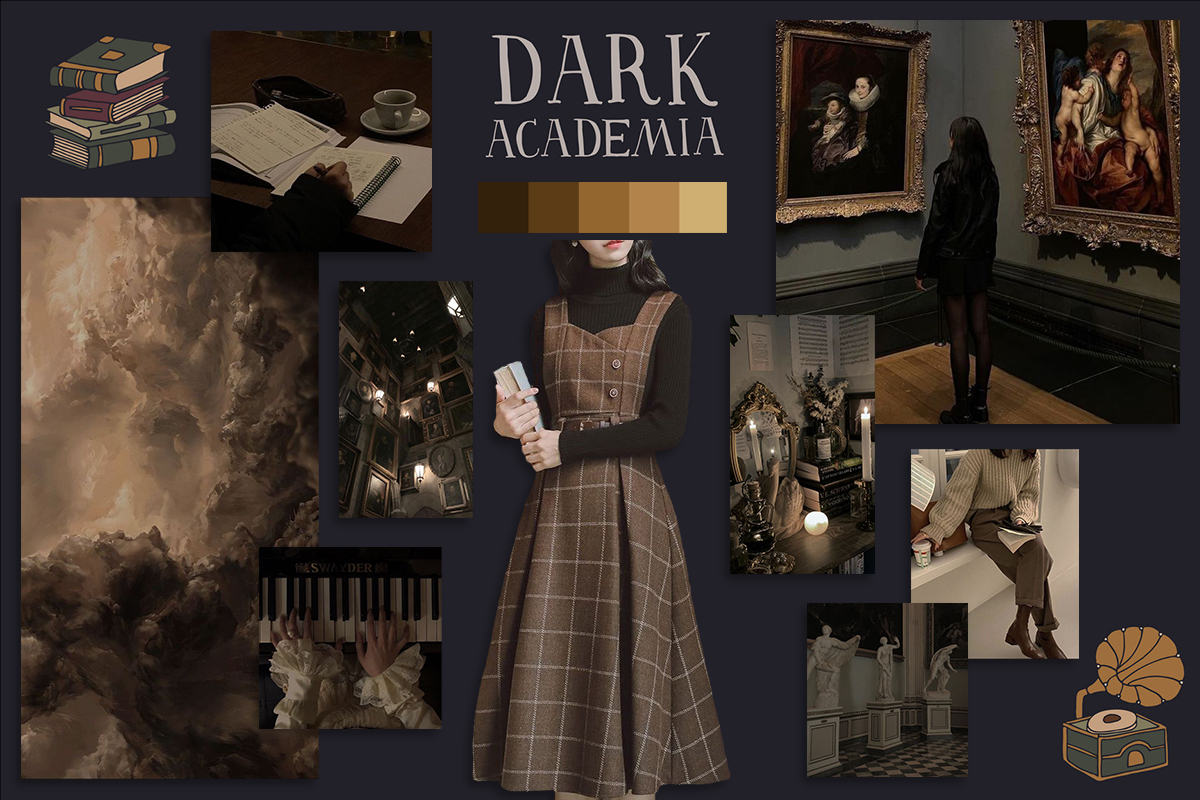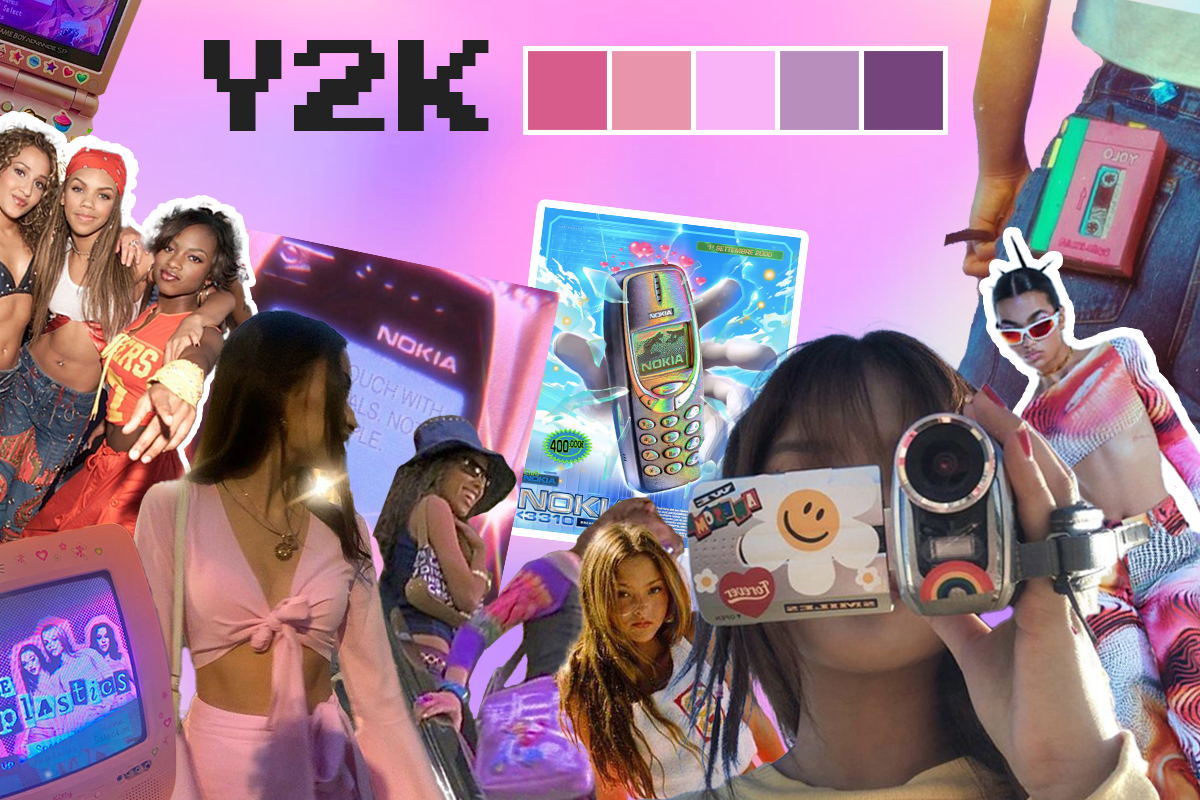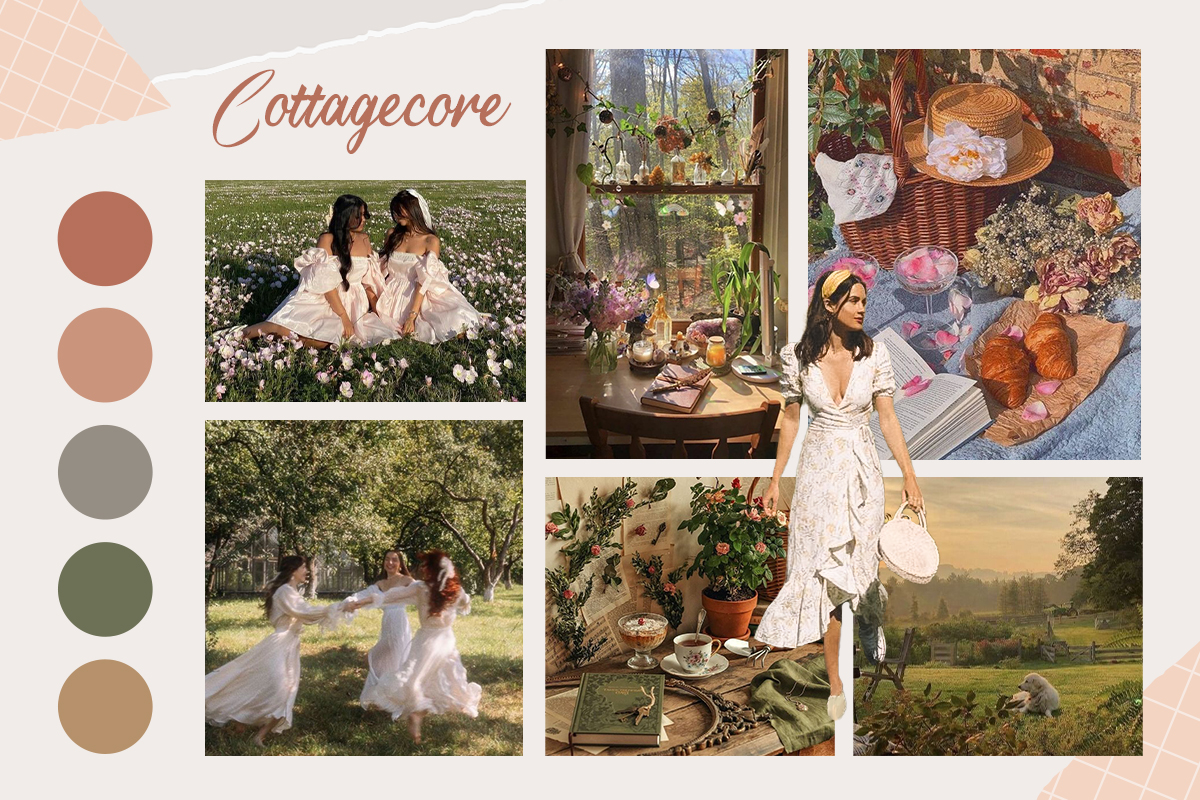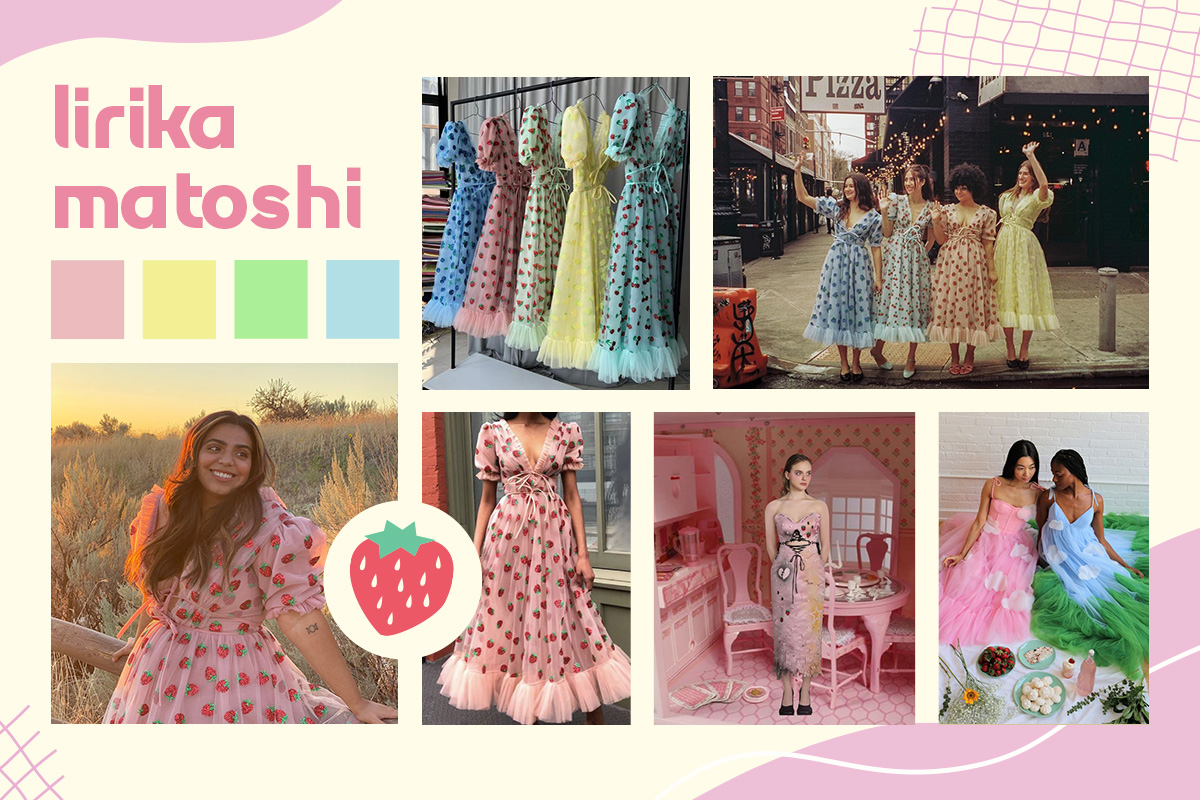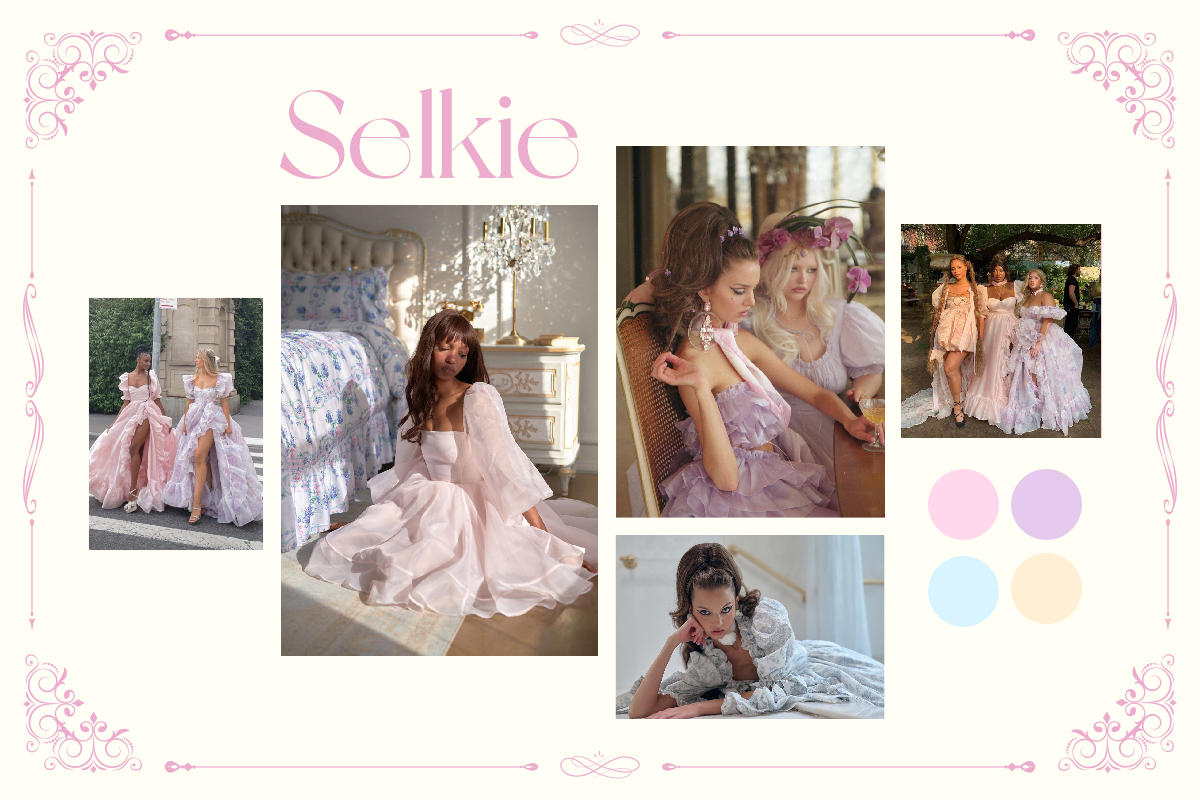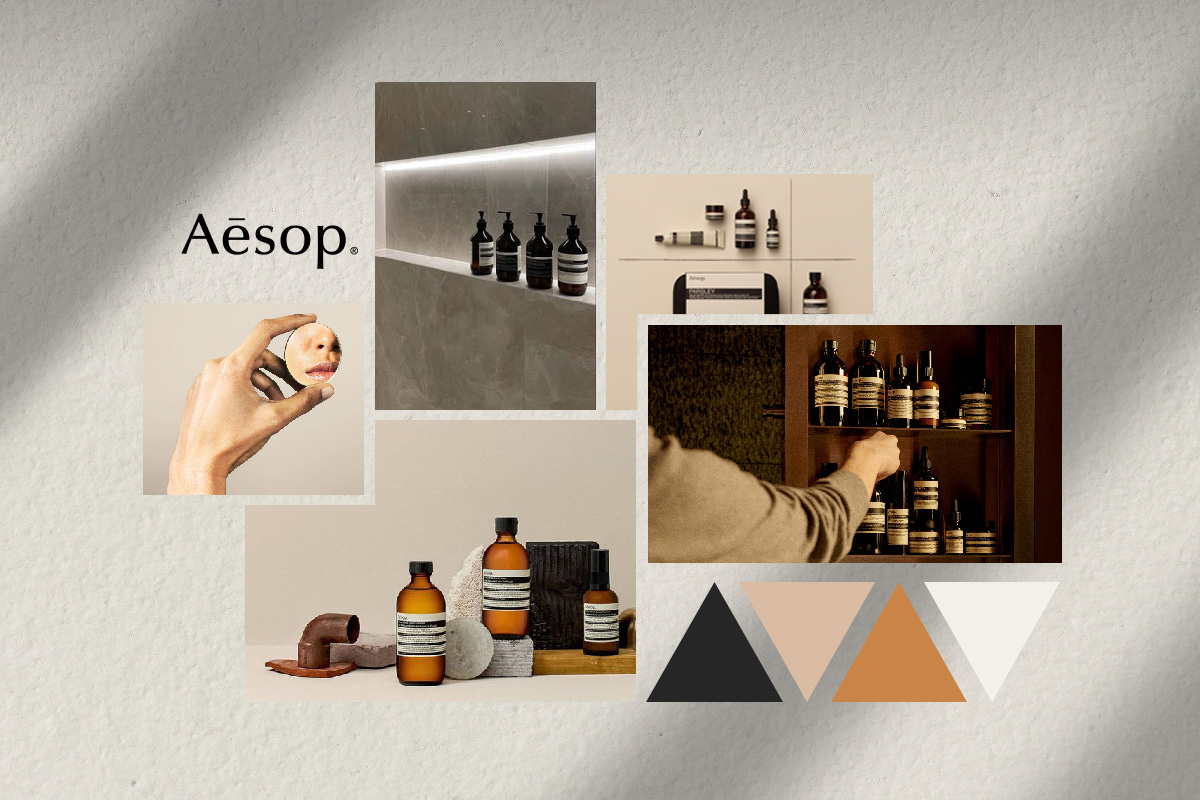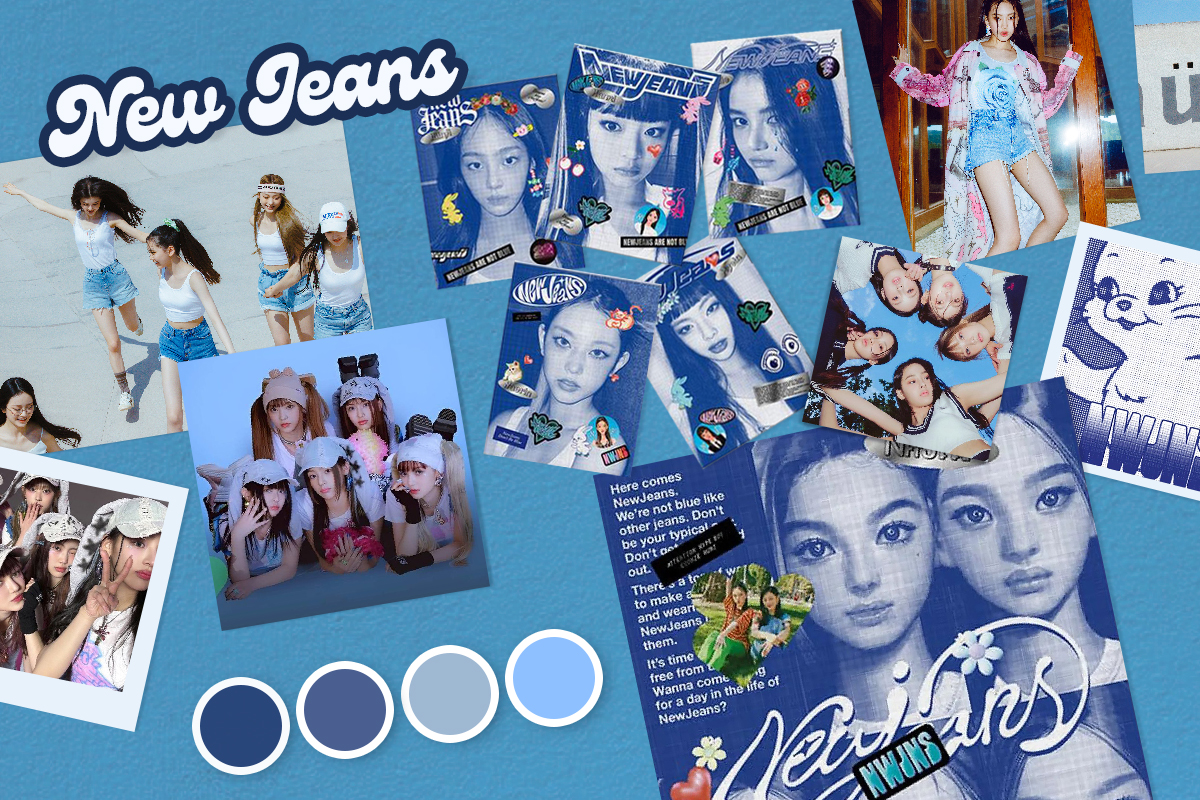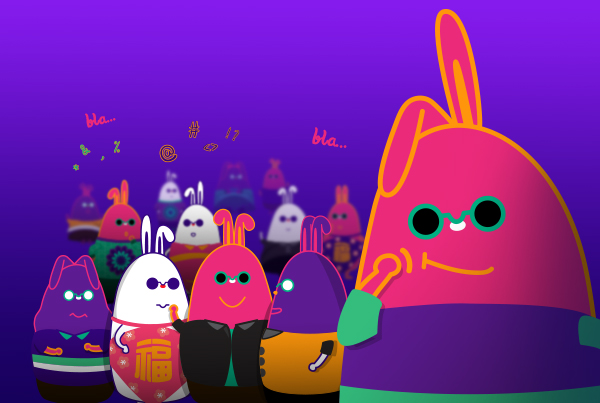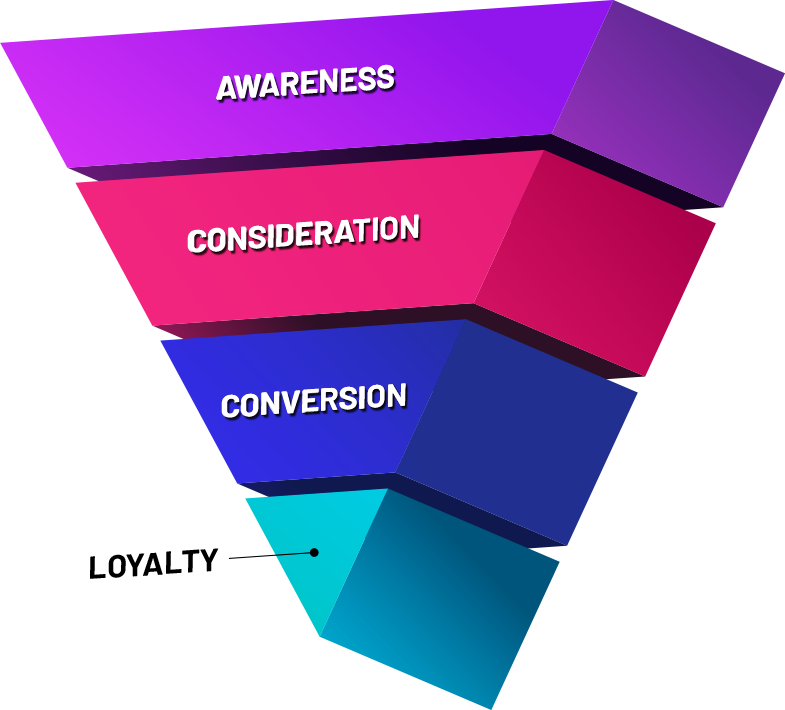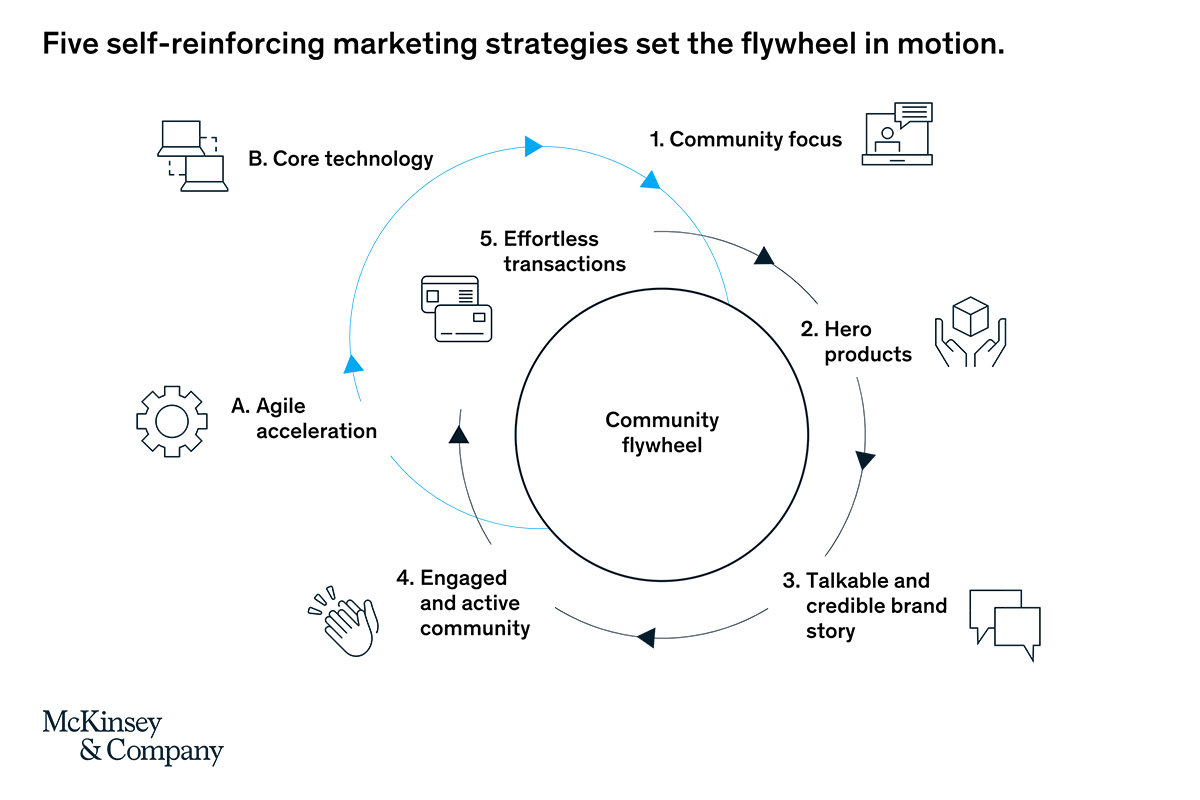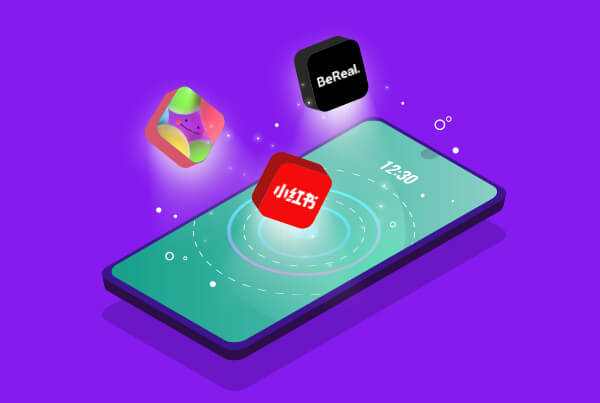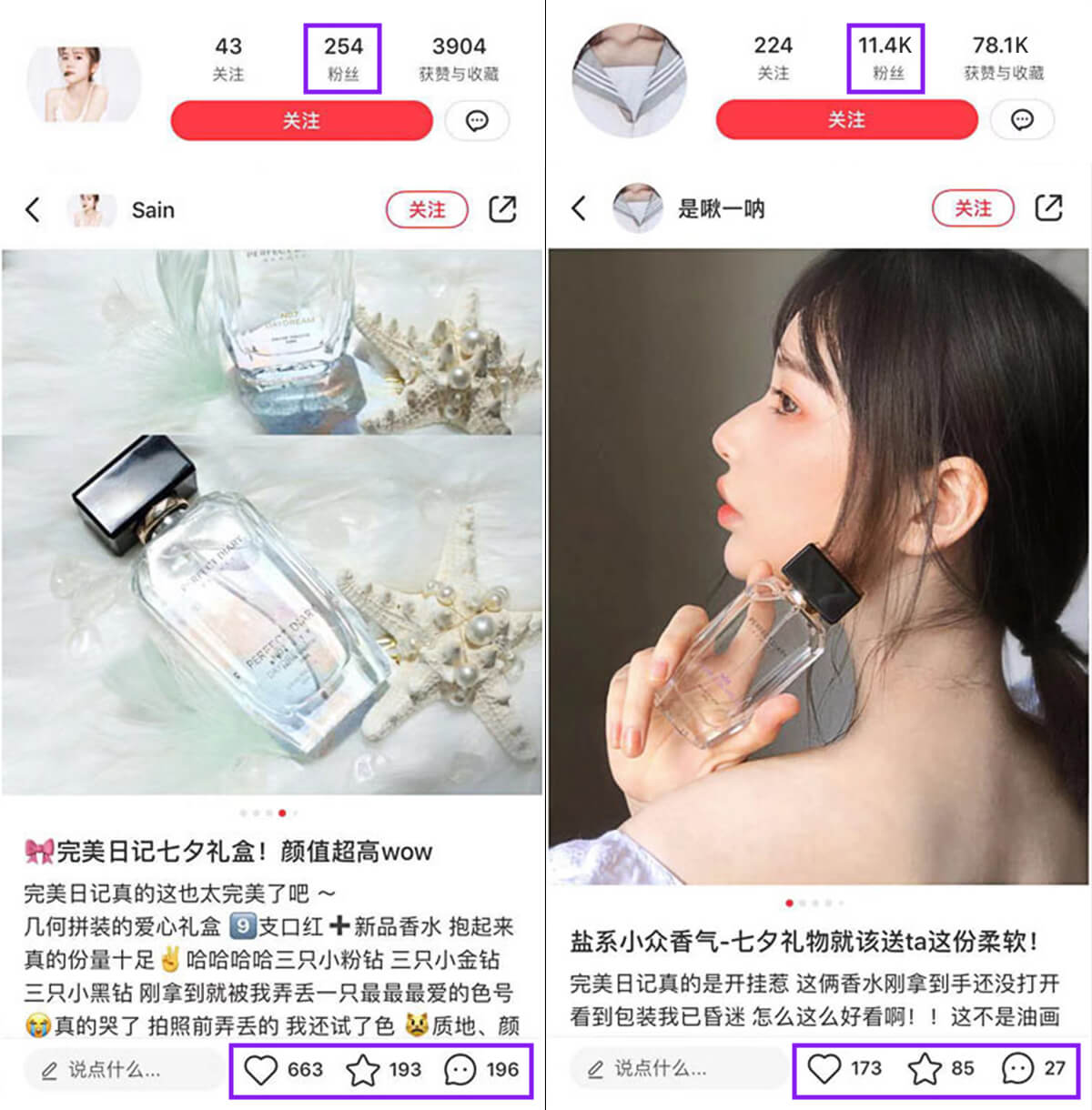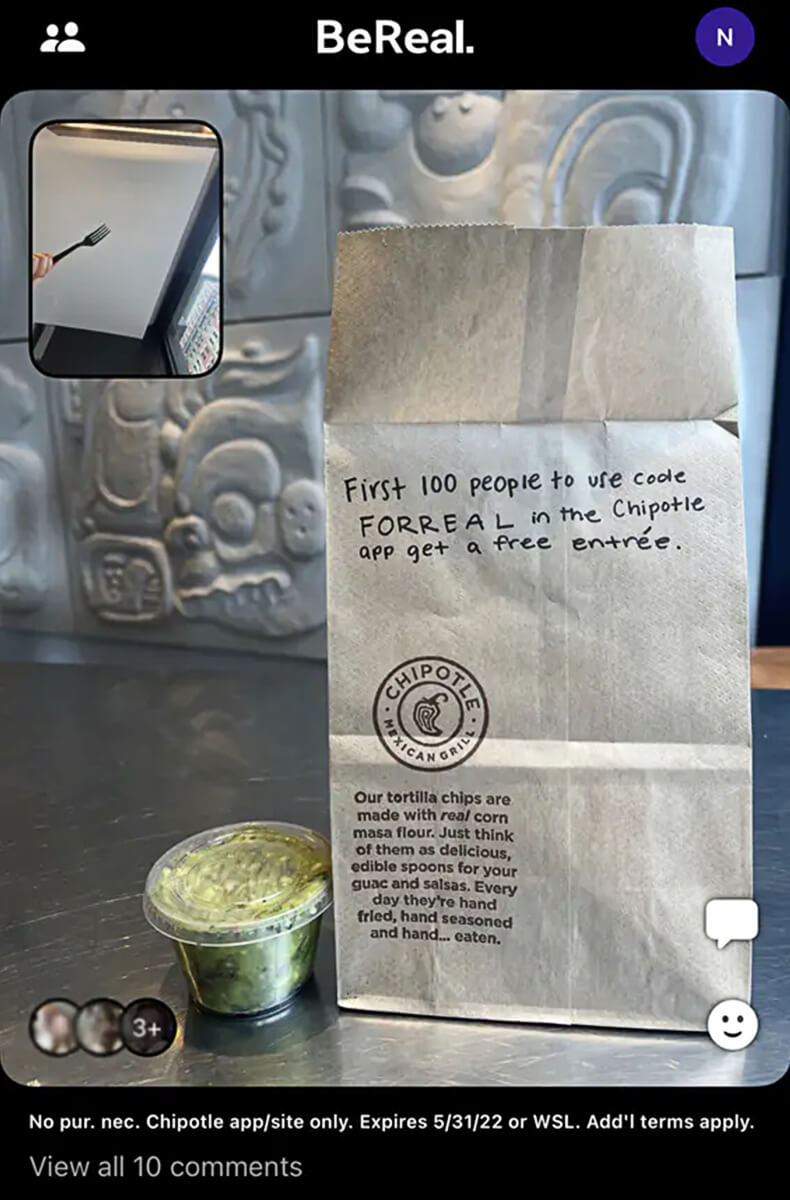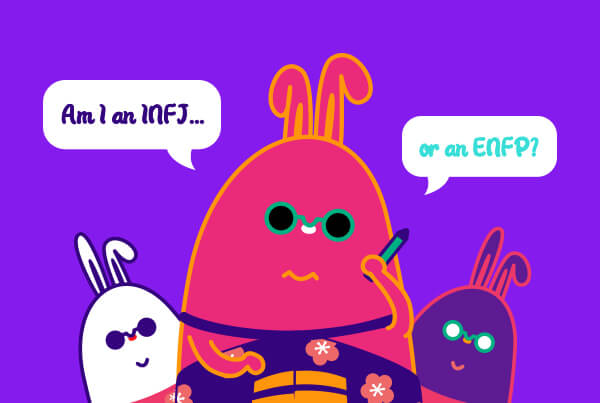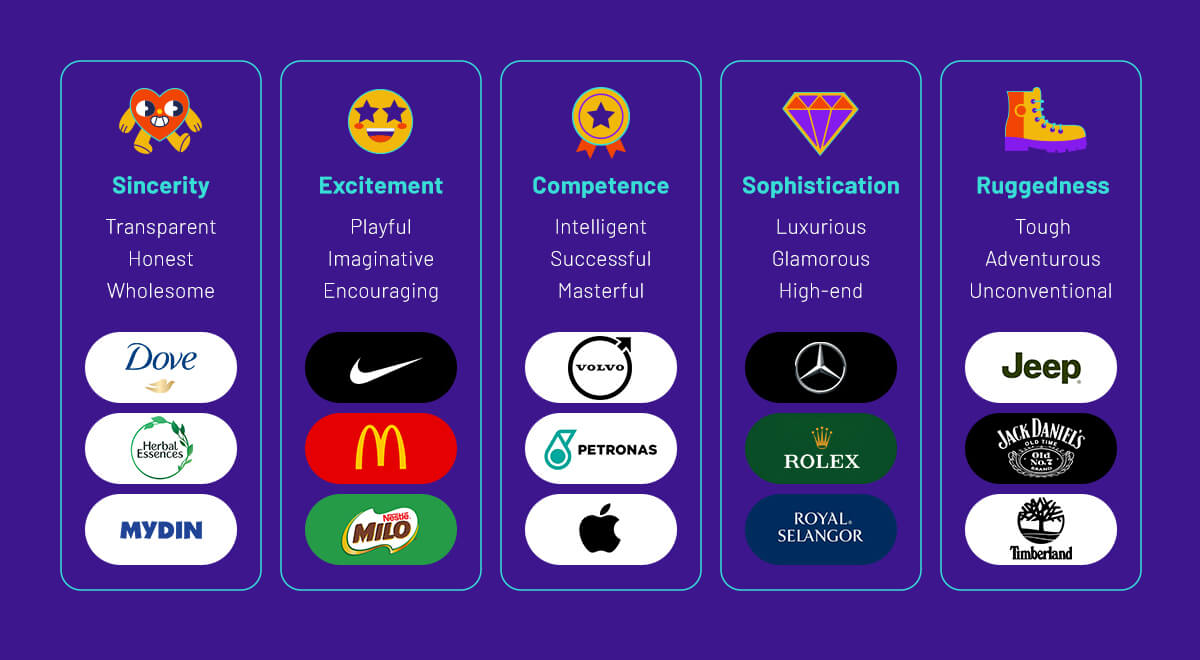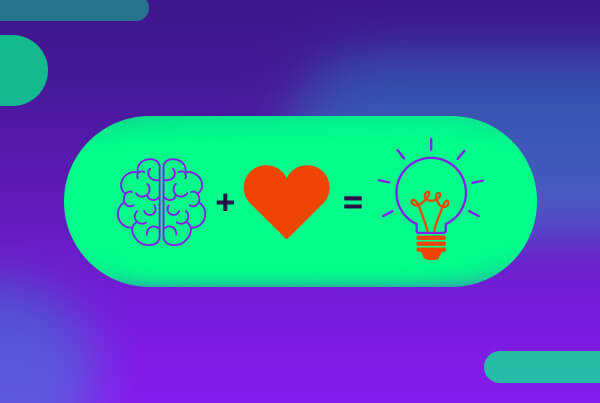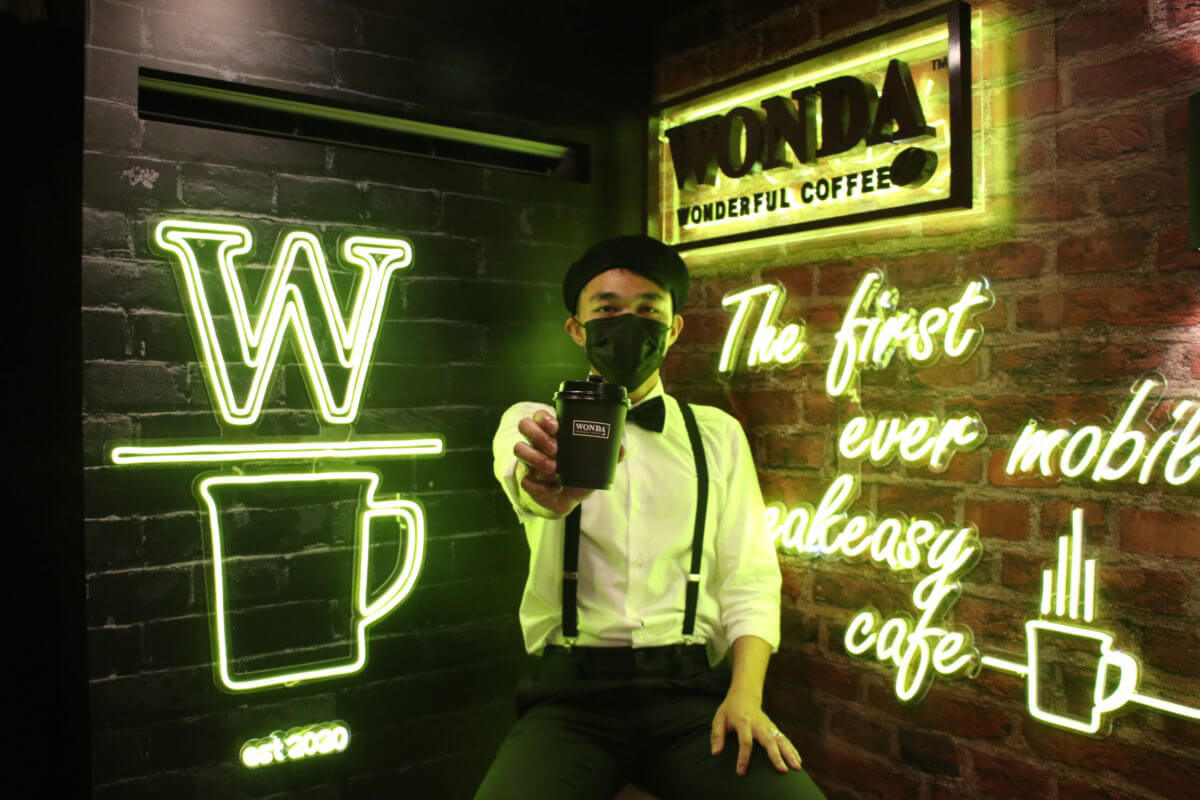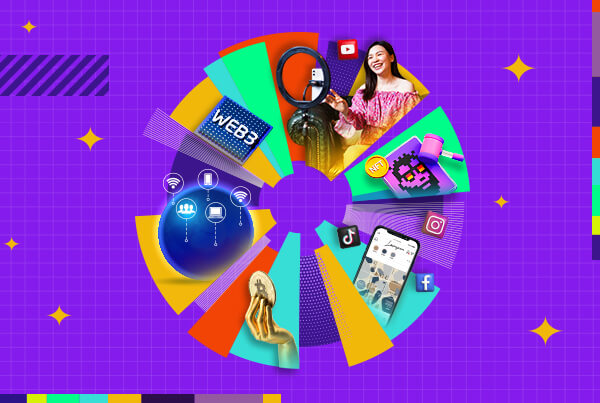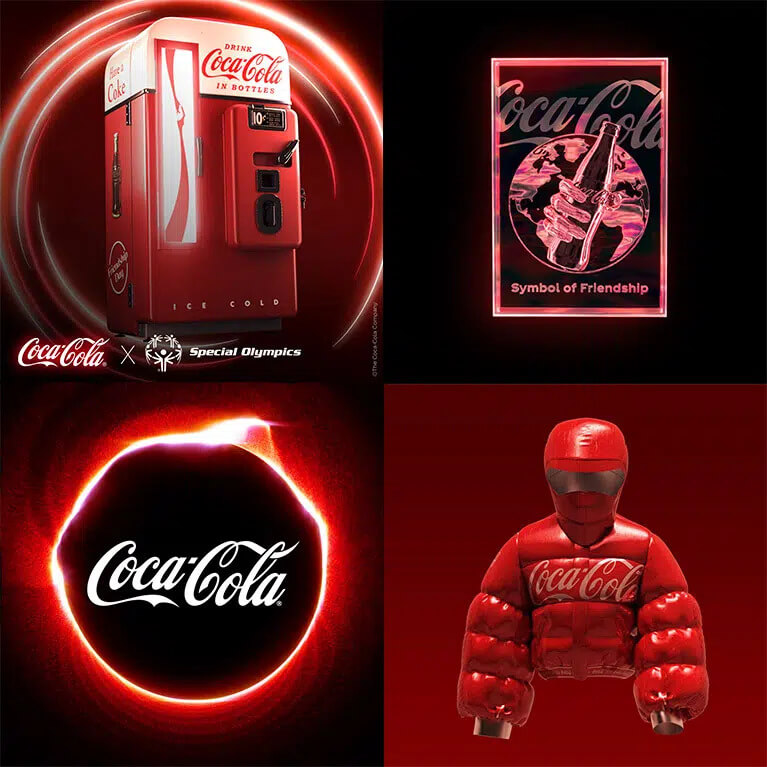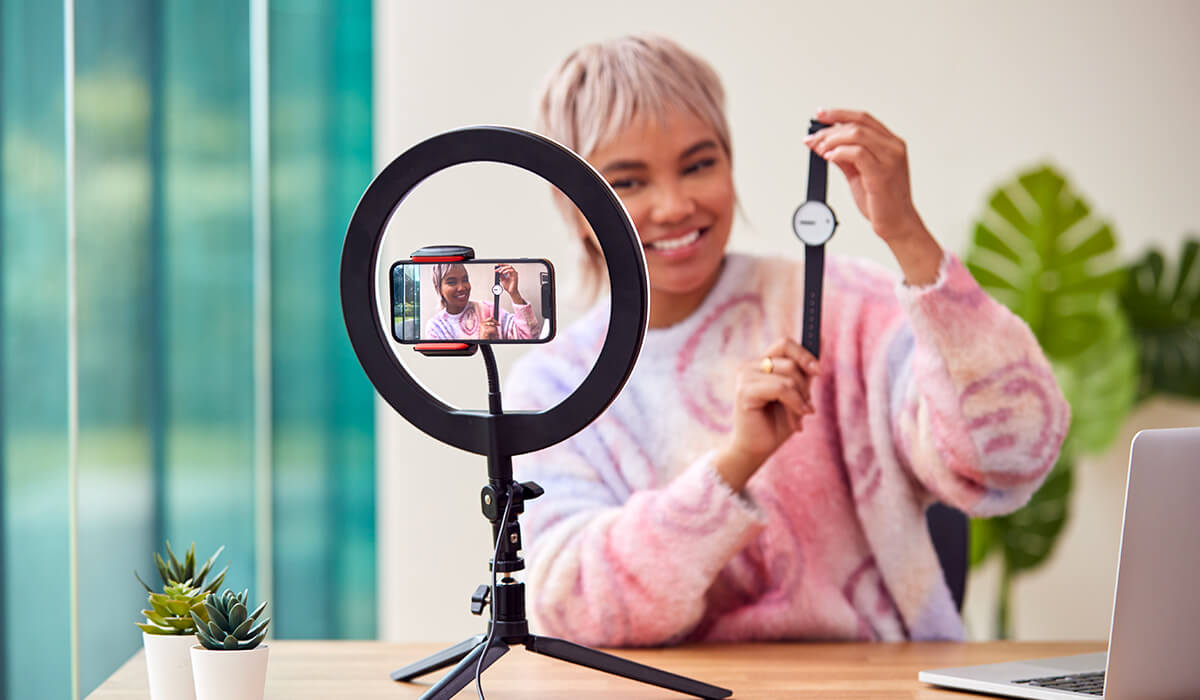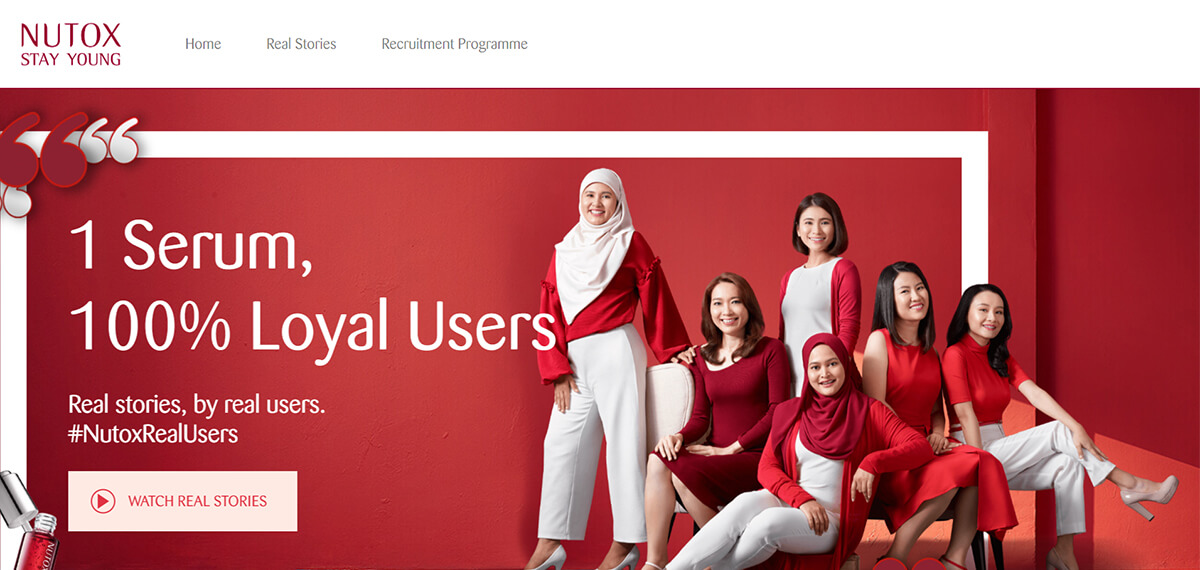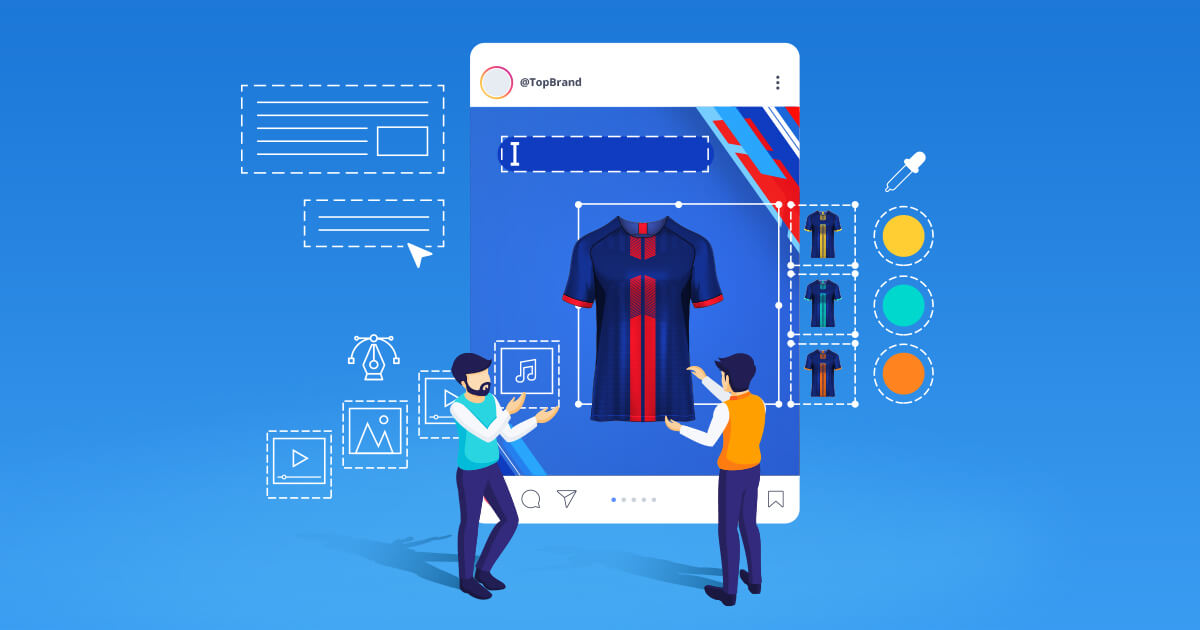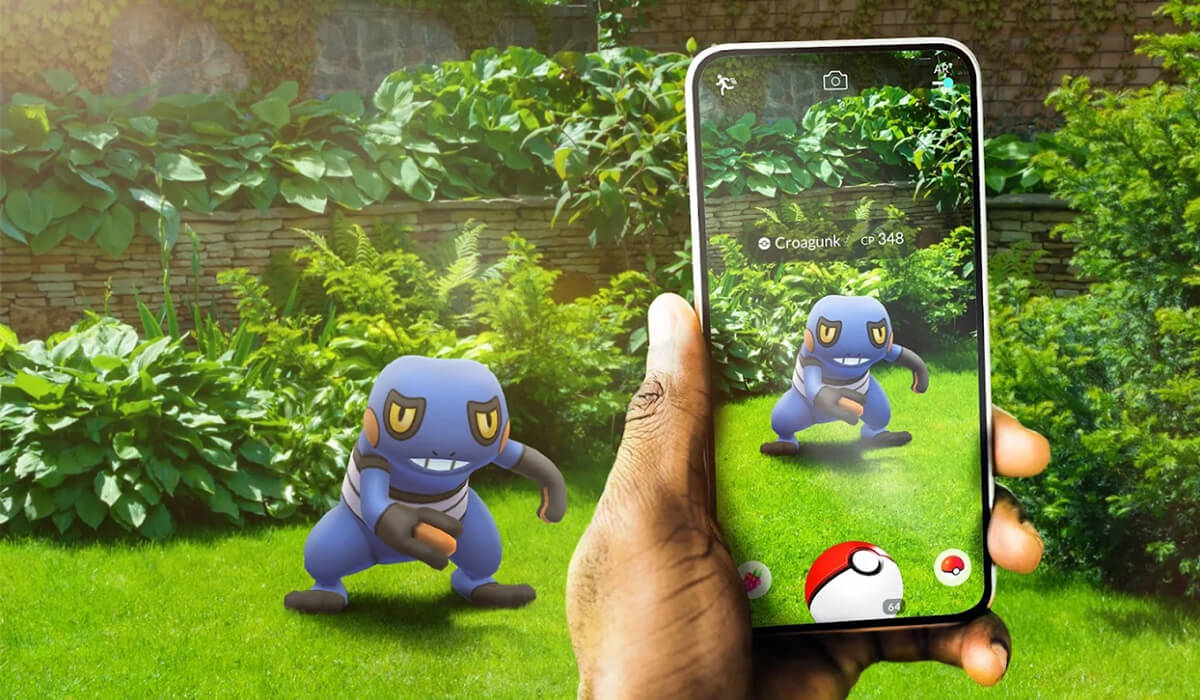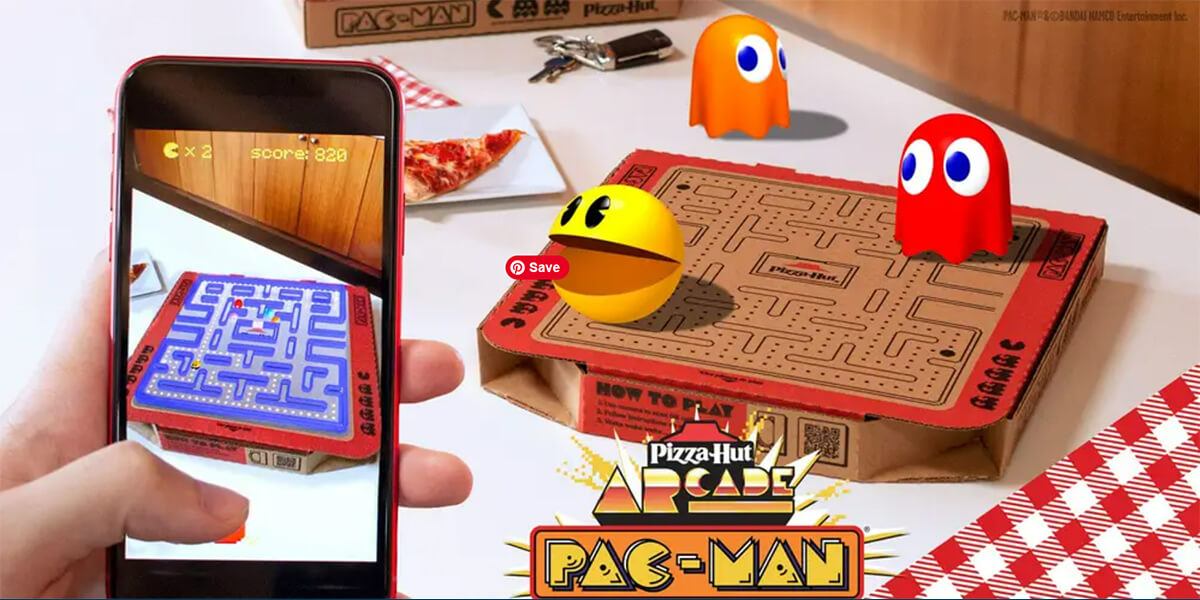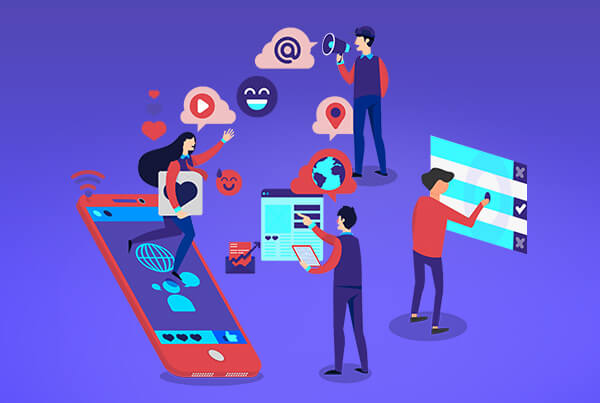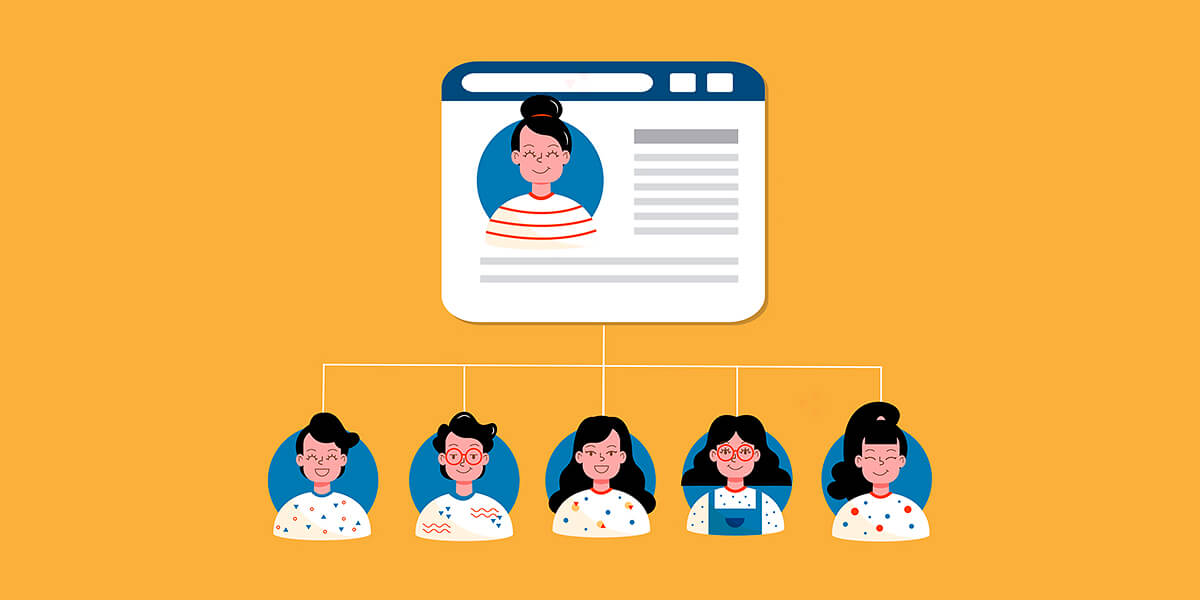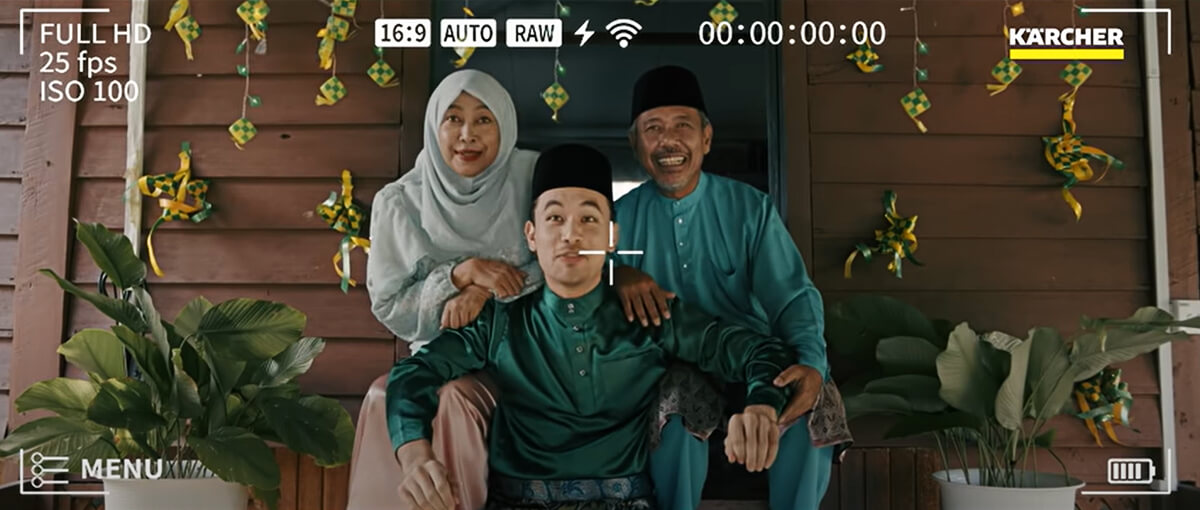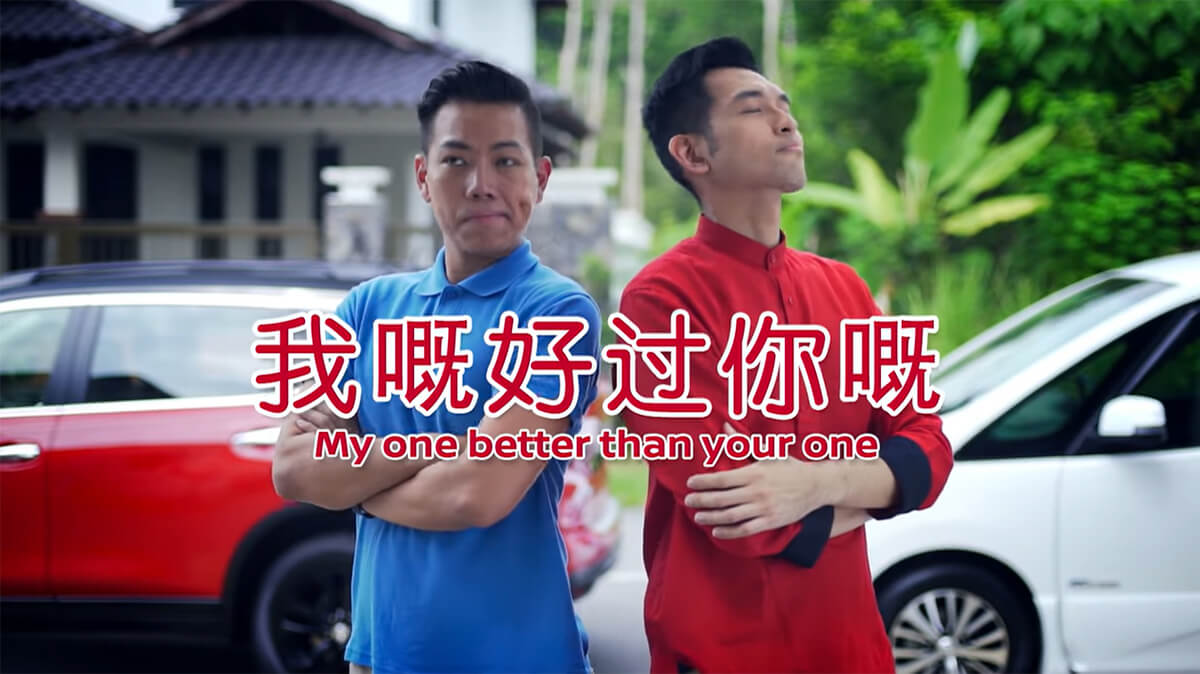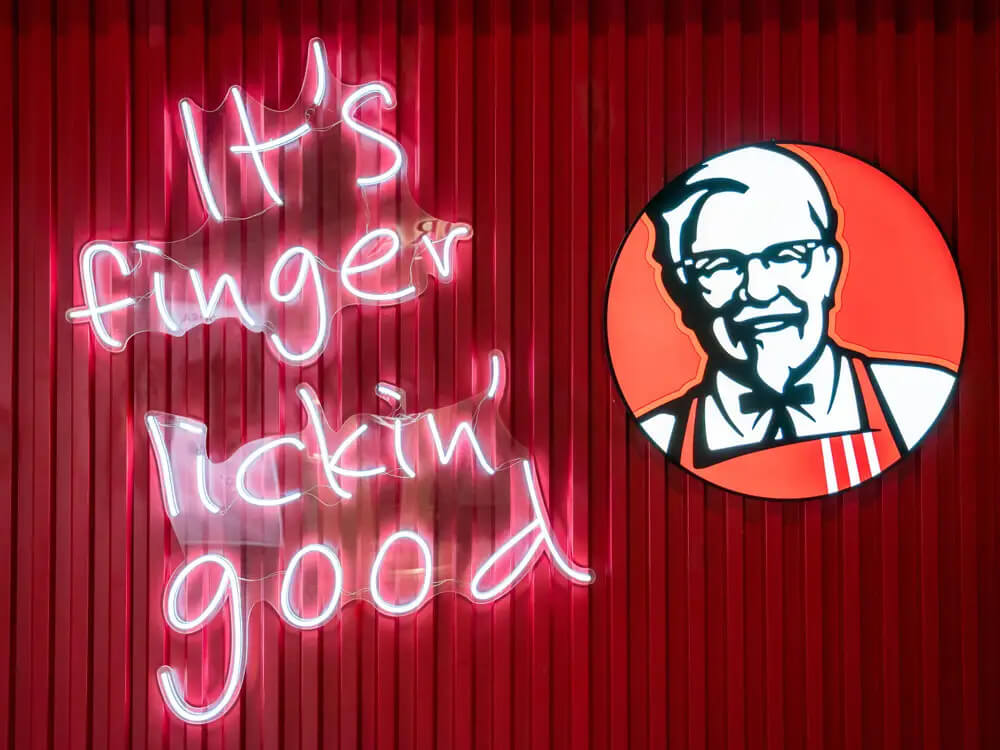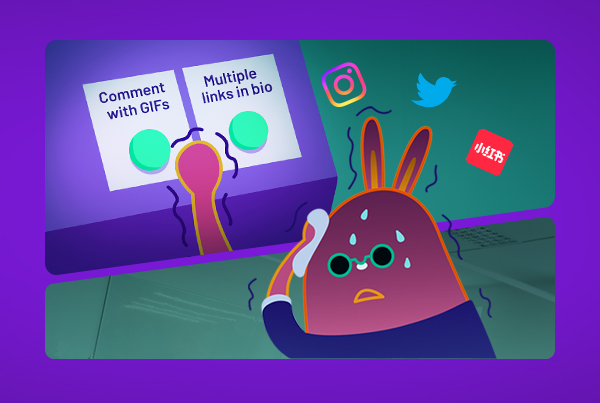
In the fast-paced digital world, social media platforms are constantly evolving and introducing new features to enhance user experiences and keep them engaged and entertained. While some of these features are hailed as game changers, others may receive mixed reactions. Let’s face it, not all new features were quickly spread around the world, like the ‘Add Yours’ Instagram Story sticker which is still in use.
Now we’ll delve into some of the latest social media features and assess if they are worth a go or just a U-turn for your brand:
#1 Comment with GIFs: Adding a Sense of Fun and Expression
Community managers would love this! Instagram recently rolled out a new feature that allows users to comment with GIFs.1 This feature adds an extra touch of fun and emotional expressiveness to conversations, making it easier than ever to share reactions and engage with your fans. If your brand has a mascot or fictional character, like MyTOWN’s Goosey, this enhancement will definitely slay as it could humanise your brand’s tone even better to create a more dynamic community.
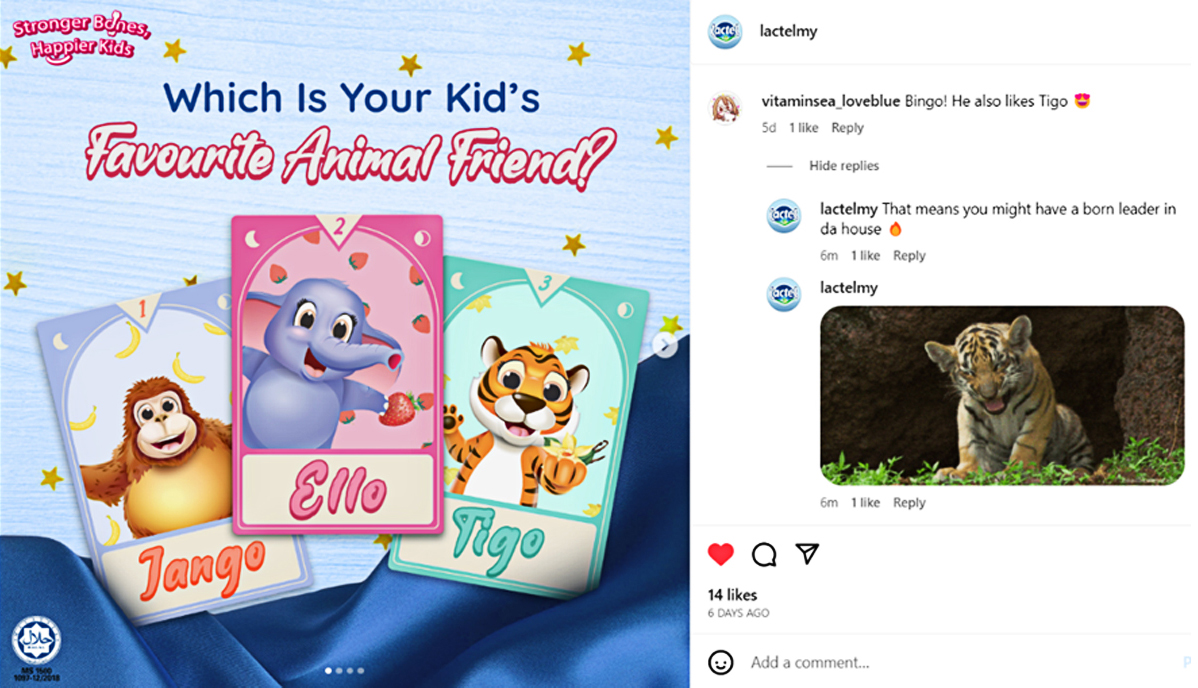
Source: Lactel Malaysia Instagram replied to a fan with a GIF to enhance the interaction.2
Pro tip: For brands that are eager to drive social media excitement, you can take it to the next level by creating a unique set of GIFs to make the interaction more memorable while reinforcing your brand identity.
#2 Add Music to Photo Posts: Amplifying Visual Content
Have you ever realised that some Instagram photo posts come with background music (BGM)? This feature3 has been available on Instagram since November 2022. Now they continue to push the boundaries of creativity by testing this enhancement with carousel posts.
This feature allows you to bring your content to life by adding a soundtrack to your photo post on Feed. We’re testing this feature with carousel posts now – more to come soon.
Any other gems you think I should cover? Let me know 👇🏼 pic.twitter.com/09tDJkMIl3
— Adam Mosseri (@mosseri) May 3, 2023
Source: Adam Mosseri, Head of Instagram announced the upcoming new feature.4
This feature allows us to pair visual content with music, enabling a more immersive and engaging viewing experience. Could you imagine Disney adding “Under the Sea” BGM to a photo post of “The Little Mermaid” movie poster or Paddle Pop adding the “Super Duper Yummy” jingle5 to a reposted UGC (user-generated content) photo? By making good use of this feature, you can definitely make your brand sound more light-hearted and fun! It’s also where the UGC opportunity comes in when people start to notice your brand and hop on the trends by using your unique BGM or advertising jingle.
Yet everything has its pros and cons. The volume of audio is at its maximum. Hence, it might give your fans a heart attack even though it stops their thumbs from scrolling.
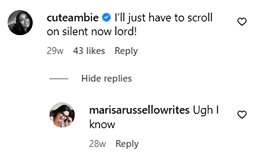
Source: Users commented on the announcement post of Instagram’s @Creators.3
#3 Multiple Links in Bio: Streamlining Navigation
Traditionally, Instagram limited users to include a single link in their bio. However, with the introduction of multiple links in the bio (maximum 5 links), brands and influencers can now direct users to different destinations without using a third-party landing page that can contain multiple links. This enhancement is worth a try to simplify navigation, enhance user experience, and enable better conversion opportunities!
We can see that not only us have already made the first move:
#4 Video Playback Speed Controls: Tailoring the Viewing Experience
Do you ever wish you could control video speed in social media apps? Well, a little bird told Twitter! They recently introduced video playback speed controls, allowing users to adjust the playback speed of videos on their feed.8
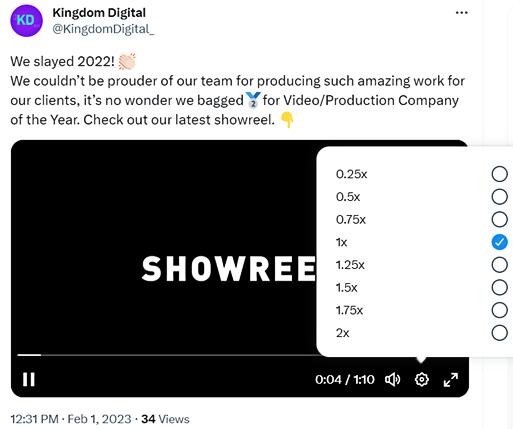
Source: There is a range of playback speed options to choose from via the video player on Twitter.9
This enhancement is undoubtedly a fun feature for brands to make good use of as it offers greater control over the viewing experience, enabling users to watch videos at their preferred pace. It can help to improve engagement and community communication with some interesting interactive content.
Pro Tip: Utilise this enhancement to create multiple viewing experiences with only one video. For example, a ‘What You Think VS. What Really Happened’ campaign from a logistic company to show audiences how effective their dedicated customer service team is. The video includes some hidden messages that can only be seen when watching it at 2x speed.
#5 咻咻Instant Photo Sharing: Enhancing Real-Time Interaction
For those actively using Xiaohongshu, did you realise there is an exciting new feature called 咻咻 (Xiu Xiu)?10 This innovative feature allows users to share moments with others in real time by taking photos. It’s similar to the AirDrop feature but without any limitations of the operating system.
With this enhancement, brands or influencers can engage with their communities through real-time interaction, especially at an exclusive event or on-ground campaign. It could bring a new level of engagement and authenticity, fostering meaningful connections between brands and audiences.
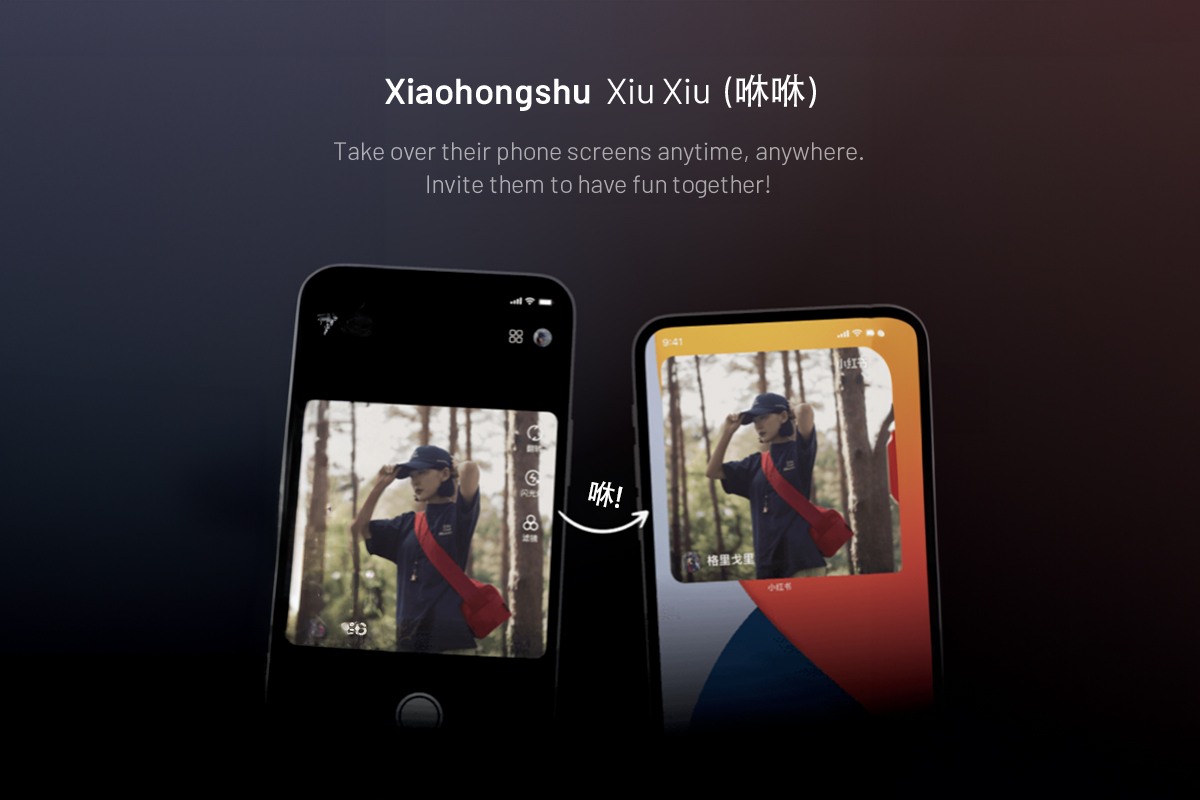
Source: Xiaohongshu new feature.10
Conclusion
As social media platforms evolve, new features emerge, presenting both opportunities and considerations for brands. However, it’s essential to carefully evaluate each feature’s relevance to your brand and audiences before diving in.
If you’re looking for help leveraging these features strategically to unlock new opportunities for community engagement and brand awareness, get in touch with us.
References:
-
- 1 Social Media Today | Instagram Adds GIFs in Comments
- 2 Lactel Malaysia Instagram | Personality Quiz for Kids
- 3 Instagram’s @Creators | Add Music to Photos
- 4 Adam Mosseri Twitter | Add Music to Carousel
- 5 Reddit (Jacobcrackers14) | Paddle Pop “Super Duper Yummy” jingle
- 6 Kingdom Digital Instagram
- 7 LaLaport Bukit Bintang City Centre Instagram
- 8 Social Media Today | Video Playback Speed Controls on Twitter
- 9 Pos Malaysia Twitter | Social Post
- 10 Xuan | Xiaohongshu New Features

